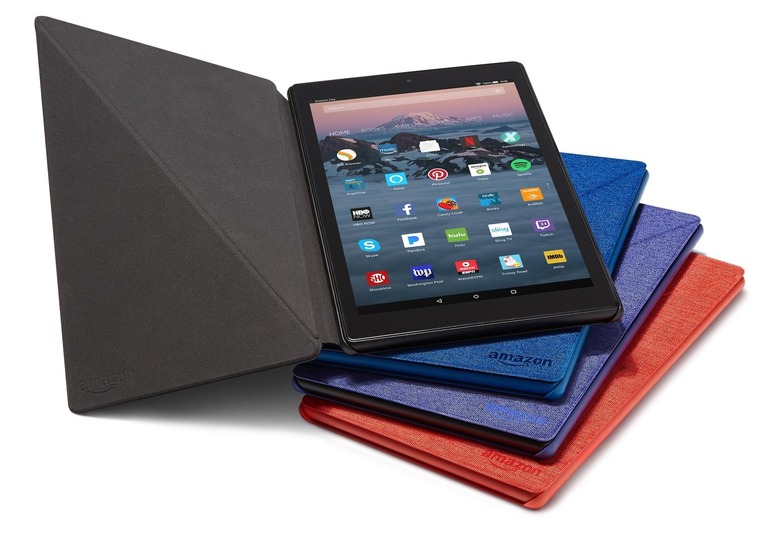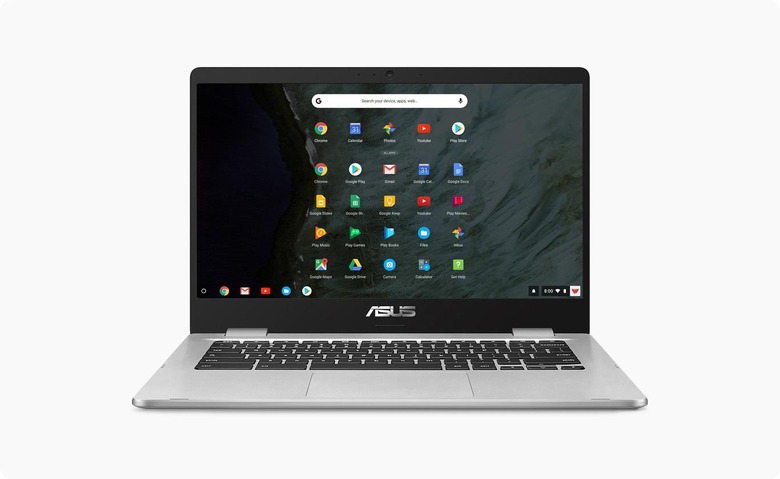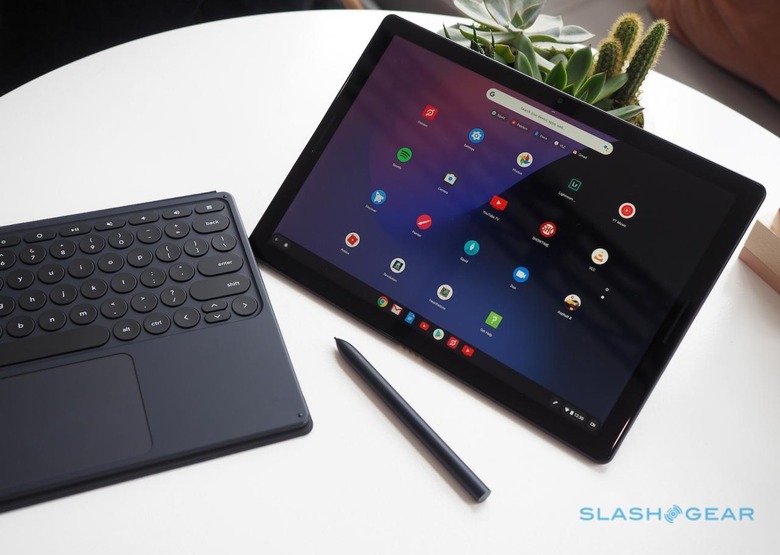Android Needs Tablet-Friendly Apps Now More Than Ever
Android tablets are dead. The nail in the coffin was the Google Pixel Slate, not the first Chrome OS tablet but the most notable. With Chrome OS able to run Android apps and now sporting tablet-like form factors, there's practically no reason to have Android tablets anymore, unless you're talking about cheap Android tablets from less known brands. That may be fine, considering how Android is notoriously bad at tablet form factors. But despite that, Google's mobile platform still needs to have tablet-friendly apps if they are to survive a Chrome OS future.
Make no mistake, Android apps run on large screens, be it tablet or "desktop". "Run", however, can sometimes involve simply displaying a magnified version of the app or even forcing a portrait orientation, which can be unnerving on a 10.1-inch or larger screen. Android app support for tablets is shoddy or inconsistent at best, nonexistent at worst.
Ever since the ill-fated Honeycomb release, Google has given developers the API and tools to design their apps for multiple screen sizes and use cases. It wasn't, however, a "build it and they will come" scenario. Very few app developers made the effort to update their apps for an Android tablet world. Perhaps because they felt that that world would not come.

It was a self-fulfilling prophecy though. Without much tablet-friendly apps to showcase, Android tablets felt alien, almost like a joke compared to iPads. Google wasn't exactly enthusiastic about tablets from the very beginning and it showed even it put out Nexus and Pixel tablets. Despite a few efforts from the likes of Samsung, Huawei, LG, and, to some extent, Amazon, Android tablets never really took off, becoming a sort of no man's land with respect to apps.
All water under the bridge now, right? With Chrome OS support for Android apps and Chrome OS getting on tablets or tablet-like devices, Android gets another chance at being relevant on tablets again, right? And, indeed, Android apps on Chrome OS created a symbiotic relationship, with Android providing Chrome OS with much-needed apps and Chrome OS providing Android with a productivity-oriented environment to live in.

That, however, doesn't exactly let Android app developers off the hook. In fact, this new home only magnifies Android's shortcoming even more. In Chrome OS, just like in, for example, Samsung DeX, Android apps launch by default in their smartphone form. That means they appear in a small floating window with a portrait orientation. Some apps can be resized and their UI flows from smartphone to tablet layouts. But what if they don't have a tablet layout like most of the Android apps in the Play Store? Then they're pretty much stuck in that floating portrait windowed mode.
This would be fine and well if Chrome OS were forever stuck with a desktop UI. With Chrome OS tablets becoming a thing, users are going to start expecting a tablet experience as well. Google does seem to be heading in that direction with Chrome OS itself but it might hit a snag on the Android apps side of things. In other words, we'll soon be back to the same problem with Android tablets in the first place, providing a sub-par experience for anything other than a small screen.

The slate tablet market isn't exactly the healthiest but despite that trend, Apple's iPads continue to top the charts. Android has squandered its opportunity but it has a second chance with Chrome OS. It might no longer be about Android tablets, but Android is still Android, no matter where it goes.
